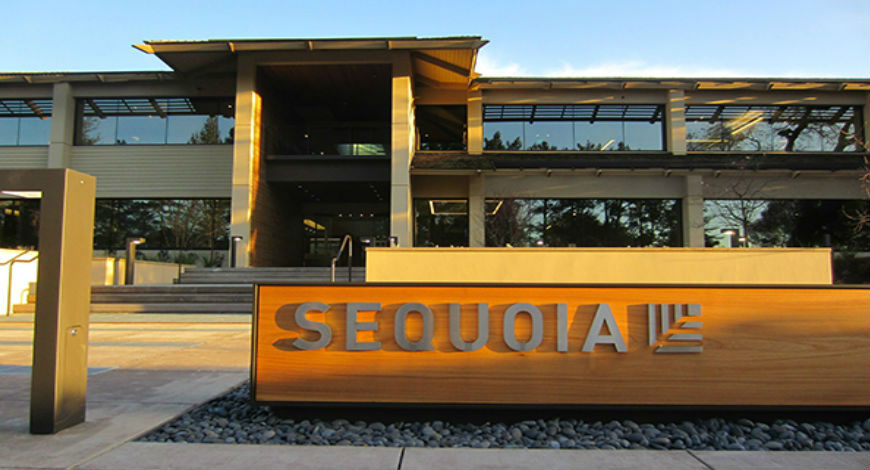
Sequoia to split into three: China, US – Europe and India – SEA businesses to become separate entities
In a significant development, legendary VC firm Sequoia announced that it is dividing its global partnership into three units. Once the split has taken place, they will operate as separate and independent geographic units. So far, the units have been built as separate businesses, even though the strategies for each business diverged over time.
The splitting of the renowned venture firm will go into effect by March 2024, and as part of this restructuring, Sequoia China will separate from the marquee Europe and US partnership, while Sequoia’s Indian and Southeast Asian arms will also become independent businesses. The firm will continue to back founders from its current funds, which includes $2.5 billion (₹20,000 crore) of uninvested capital.
The development was confirmed in a letter to Sequoia’s limited partners on Tuesday morning, which was signed by the leaders of the three firms, Roelof Botha, Neil Shen and Shailendra Singh. Going forward, the new business units will be as follows — Sequoia Capital will retain its name and its operations in the US and Europe, while the China unit will be renamed HongShan. In India and Southeast Asia, the business unit will be known as Peak XV Partners.
With each geographic unit operating independently, Sequoia Capital can better navigate the unique challenges and opportunities presented by specific regions. This move could allow the firm to develop more focused strategies and cater to the distinct needs of the Chinese, European, US, and Southeast Asian markets, and allocate more resources, expertise, and attention to the distinct characteristics and challenges of each market.
Here is the global business update we shared with our LPs. pic.twitter.com/lGHIw1tVE5
— Sequoia Capital (@sequoia) June 6, 2023
For example, Hongshan can align its operations more closely with local regulations, foster strategic alliances, and tailor its investment strategies specifically for the Chinese market, while Peak XV Partners can navigate the specific challenges and opportunities within Southeast Asian markets and nurture sustainable growth. Furthermore, investors will be able to explore more targeted investment options within each geographic unit, while the startups that show promise stand to benefit from the increased focus and specialized support, gaining access to region-specific expertise and resources as well.
Sequoia elaborated in its letter that it became “increasingly complex to run a decentralized global investment business,” and that it made “made using centralized back-office functions more of a hindrance than an advantage. Additionally, as each entity’s portfolio has expanded to include companies that are becoming global leaders, we’ve seen growing market confusion due to the shared Sequoia brand as well as portfolio conflicts across entities.”
Speaking of the India and SEA-focused entity, Shailendra Singh will be in charge of leading the newly rebranded Peak XV Partners (here is an interesting tidbit – it was the original name given to Mount Everest). He announced that it will continue to be led by the present leadership team. It will continue to invest from the recently raised set of funds.” To elaborate, Peak XV Partners will manage an impressive $9.2 billion across 13 funds, as well as utilize the $2.5 billion of uninvested capital to drive further investments in startups that prove to have the mettle to succeed. It has already invested in over 400 startups, with over 50 companies entering the unicorn club and being valued at $1 billion and above. Among its portfolio, 19 businesses have gone public via IPOs as well.

